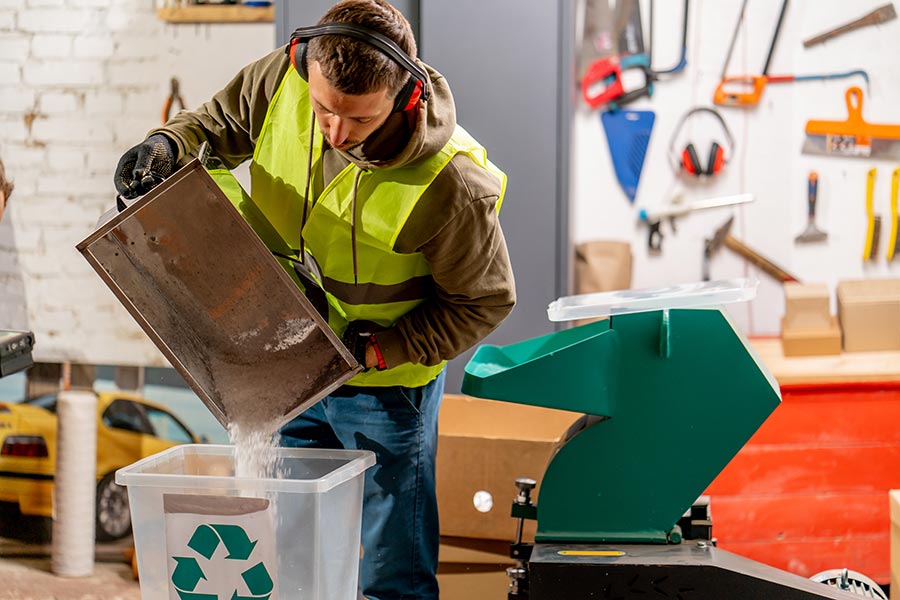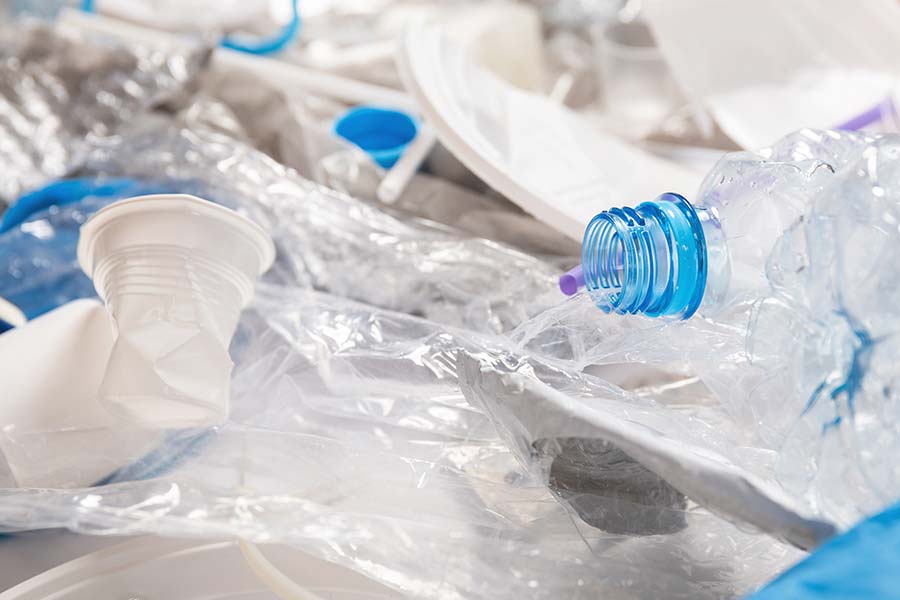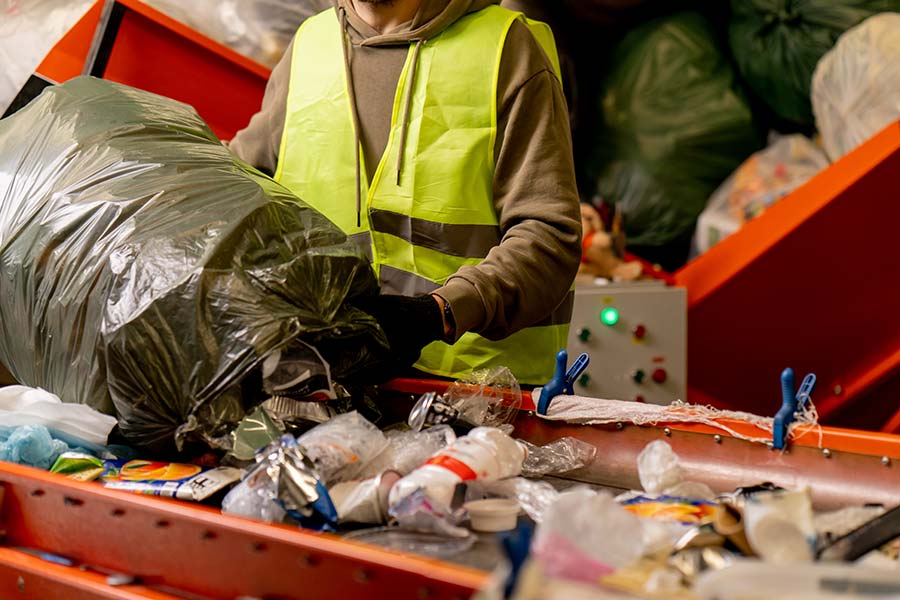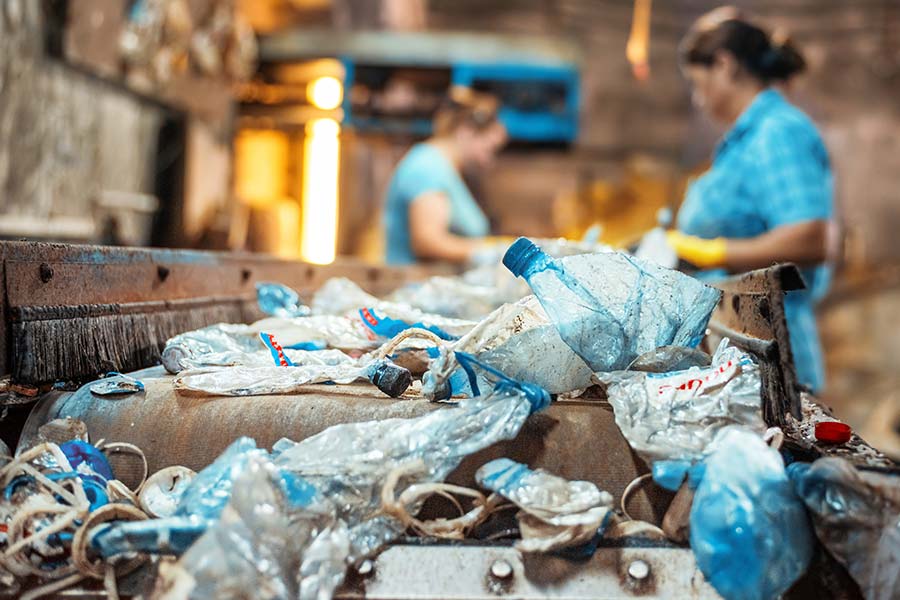Guía de mantenimiento para maquinaria de reciclaje de plástico

El mantenimiento adecuado de la maquinaria de reciclaje de plástico es crucial para garantizar su rendimiento óptimo y prolongar su vida útil. En este artículo, exploraremos las mejores prácticas, tipos de mantenimiento, procedimientos esenciales, y las herramientas necesarias para mantener su equipo en perfectas condiciones. Además, compartiré la experiencia de Replagar, una empresa líder en la fabricación y montaje de maquinaria para plantas de reciclaje de plástico.
Importancia del mantenimiento en la maquinaria de reciclaje de plástico
El mantenimiento regular de la maquinaria recicladora no solo asegura su funcionamiento eficiente, sino que también minimiza el tiempo de inactividad y reduce los costos a largo plazo. Las maquinarias de reciclaje de plástico están expuestas a condiciones extremas y al desgaste constante, lo que hace que el mantenimiento sea una tarea esencial para evitar fallos y mantener la producción.
Tipos de mantenimiento: Preventivo vs Correctivo
Mantenimiento preventivo
El mantenimiento preventivo incluye actividades programadas regularmente para detectar y corregir problemas antes de que causen fallos mayores. Este tipo de mantenimiento es esencial para mantener la maquinaria en buen estado y puede incluir inspecciones, limpieza, lubricación, y ajustes menores.
Mantenimiento correctivo
Por otro lado, el mantenimiento correctivo se realiza cuando la maquinaria ha fallado o muestra signos de deterioro. Este tipo de mantenimiento puede implicar reparaciones más significativas y la sustitución de piezas dañadas. Aunque es más costoso y puede causar más tiempo de inactividad, es necesario cuando la prevención no ha sido suficiente.
Procedimientos esenciales para el mantenimiento de maquinaria de reciclaje
Para garantizar que su maquinaria de reciclaje de plástico funcione de manera óptima, es crucial seguir una serie de procedimientos esenciales de mantenimiento:
- Inspecciones Regulares: Realizar inspecciones visuales y técnicas para identificar signos de desgaste o daños.
- Limpieza y Lubricación: Mantener la maquinaria limpia y bien lubricada para reducir el desgaste y evitar fallos mecánicos.
- Ajustes y Calibraciones: Asegurarse de que todos los componentes estén bien ajustados y calibrados para un rendimiento óptimo.
- Sustitución de Piezas: Reemplazar piezas desgastadas o dañadas de inmediato para evitar daños mayores.
Herramientas y equipos necesarios
El mantenimiento de la maquinaria recicladora requiere el uso de diversas herramientas y equipos especializados. Algunas de las herramientas esenciales incluyen:
- Llaves y destornilladores para ajustes y reparaciones.
- Equipos de lubricación para mantener las piezas móviles funcionando suavemente.
- Dispositivos de diagnóstico para identificar problemas mecánicos y eléctricos.
- Piezas de repuesto para reemplazar componentes desgastados.
Planificación y programación del mantenimiento
Una planificación y programación efectiva del mantenimiento es clave para mantener la maquinaria en perfectas condiciones. Es importante desarrollar un plan de mantenimiento preventivo que detalle las tareas a realizar, la frecuencia de las inspecciones, y las responsabilidades de cada miembro del equipo de mantenimiento.
Casos de éxito en la implementación de mantenimiento
La implementación de un programa de mantenimiento bien estructurado ha demostrado ser efectiva en diversas empresas de reciclaje. Por ejemplo, Replagar ha colaborado con compañías nacionales e internacionales, proporcionando soluciones de mantenimiento personalizadas que han optimizado sus procesos de reciclaje y reducido significativamente los tiempos de inactividad.
Innovaciones y tecnologías en el mantenimiento de maquinaria
Las innovaciones tecnológicas están transformando el campo del mantenimiento industrial. La integración de sensores y sistemas de monitoreo en tiempo real permite la detección temprana de problemas y la programación de mantenimiento predictivo, lo que reduce aún más el riesgo de fallos inesperados.
Replagar: Liderando el camino en maquinaria de reciclaje
En Replagar, nos especializamos en la fabricación y montaje de maquinaria para plantas de reciclaje de plástico. Ofrecemos un extenso catálogo de maquinaria nueva y de segunda mano, diseñada y fabricada por nosotros mismos para el tratamiento de residuos plásticos. Colaboramos con compañías tanto nacionales como internacionales, adaptándonos a las necesidades específicas de cada cliente y produciendo soluciones a medida según los requerimientos de sus pedidos. Descubre la mejor maquinaria de reciclaje en Valencia con Replagar. Encuéntranos en Avenida del Transporte, 45 – A, PI Ribarroja, sector 13, 46394 Ribarroja del Túria (Valencia). Ofrecemos equipos de última generación para optimizar tus procesos de reciclaje. ¡Contáctanos hoy mismo para obtener soluciones eficientes y sostenibles para tu negocio!
El mantenimiento adecuado de la maquinaria de reciclaje de plástico es fundamental para garantizar su rendimiento y longevidad. Implementar un programa de mantenimiento preventivo, utilizar herramientas y tecnologías avanzadas, y aprender de los casos de éxito puede ayudar a optimizar sus procesos de reciclaje. En Replagar, estamos comprometidos con ofrecer las mejores soluciones de maquinaria y mantenimiento para asegurar que su operación de reciclaje sea eficiente y sostenible.



